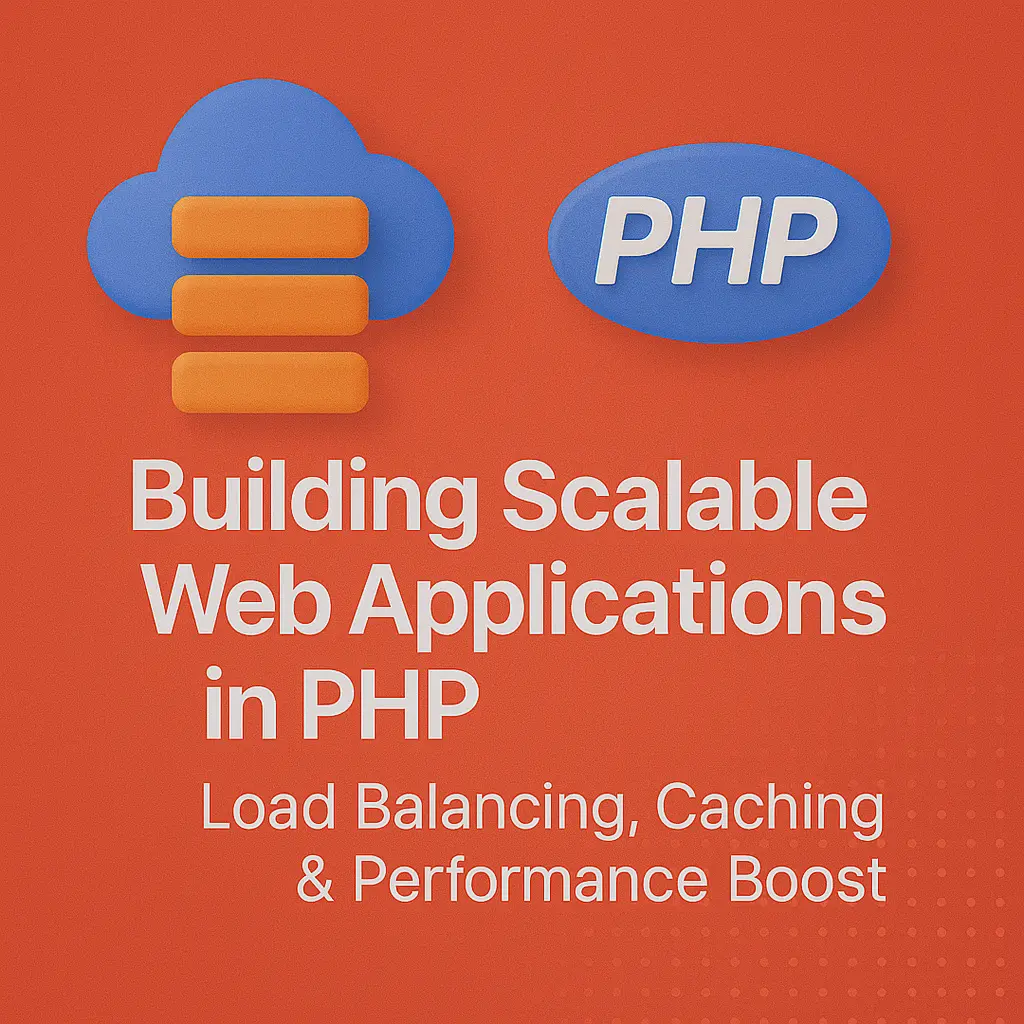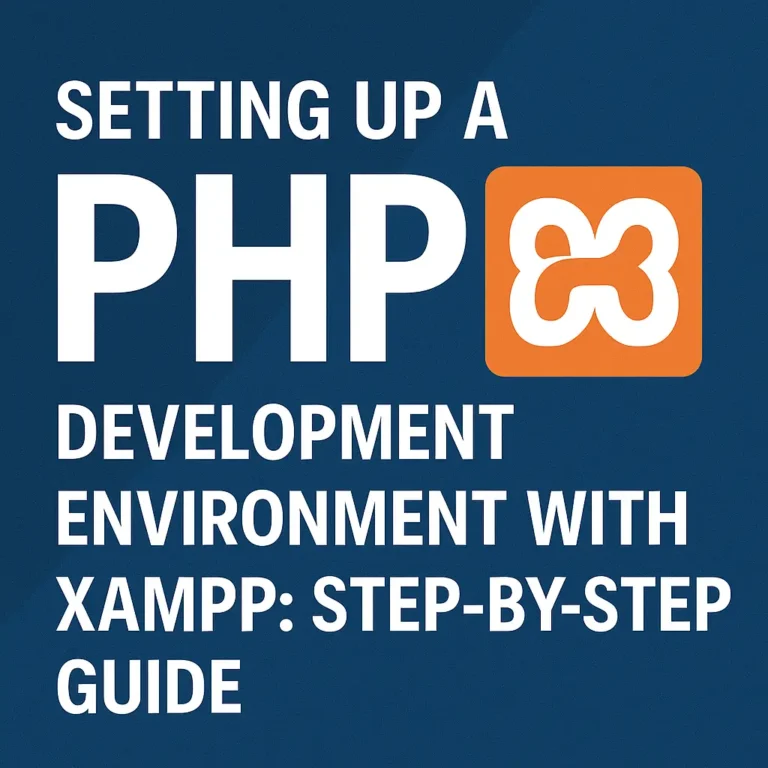In this comprehensive guide, we’ll explore the principles of scalability and delve into strategies for scaling PHP applications effectively.
Scalability Principles
Scalability is the ability of a system to handle growing amounts of work by adding resources to expand capacity or distributing the workload across multiple components. When designing scalable web applications, it’s essential to consider the following principles:
Modularity:
Break down your application into smaller, decoupled modules or services. Modular architecture allows you to scale different components independently, making it easier to manage complexity and adapt to changing requirements.
Horizontal and Vertical Scaling:
Scaling can be achieved either horizontally by adding more servers or instances, or vertically by upgrading existing hardware or increasing resource allocation. Understanding when to scale horizontally vs. vertically is crucial for optimizing performance and cost-effectiveness.
Statelessness:
Design applications to be stateless whenever possible. Statelessness simplifies scaling by allowing requests to be distributed across multiple servers without relying on session affinity. Use techniques like JWT (JSON Web Tokens) for authentication and RESTful APIs for communication between services.
Caching:
Implement caching mechanisms to reduce the load on your servers and improve response times. Use caching solutions like Redis or Memcached to store frequently accessed data, HTML fragments, or database query results. Leverage browser caching and CDNs (Content Delivery Networks) to cache static assets and reduce latency for users.
Database Scaling:
Optimize database performance and scalability by using techniques like sharding, replication, and read replicas. Distribute database load across multiple servers to handle read and write operations efficiently. Consider using NoSQL databases for scalable, high-volume data storage.
Asynchronous Processing:
Offload long-running or resource-intensive tasks to background processes or queues. Implement message queues like RabbitMQ or Kafka to decouple components and handle asynchronous communication between services. Asynchronous processing improves responsiveness and scalability by freeing up web server resources to handle incoming requests.
Scaling PHP Applications
PHP, a versatile and widely-used programming language, offers robust capabilities for building scalable web applications. Here are some strategies for scaling PHP applications effectively:
Optimized Code:
Write efficient, optimized PHP code to minimize execution time and resource usage. Use profiling tools like Xdebug or Blackfire to identify performance bottlenecks and optimize critical code paths. Leverage caching mechanisms like opcode caching (e.g., APC or OPcache) to improve PHP script execution speed.
// Example of optimizing code with OPcache
// Enable OPcache in php.ini
opcache.enable=1
opcache.enable_cli=1
Load Balancing:
Implement load balancing to distribute incoming traffic across multiple web servers. Use a load balancer like Nginx, HAProxy, or AWS Elastic Load Balancing (ELB) to evenly distribute requests and prevent any single server from becoming a bottleneck.
# Example Nginx configuration for load balancing
upstream backend {
server backend1.example.com;
server backend2.example.com;
server backend3.example.com;
}
server {
listen 80;
server_name example.com;
location / {
proxy_pass http://backend;
}
}
Horizontal Scaling:
Scale PHP applications horizontally by adding more web servers or instances to handle increased traffic. Use container orchestration platforms like Kubernetes or Docker Swarm to automate the deployment and scaling of PHP containers across a cluster of servers.
# Example Kubernetes deployment configuration for PHP application
apiVersion: apps/v1
kind: Deployment
metadata:
name: php-app
spec:
replicas: 3
selector:
matchLabels:
app: php-app
template:
metadata:
labels:
app: php-app
spec:
containers:
- name: php-container
image: php:latest
ports:
- containerPort: 80
Database Optimization:
Optimize database performance and scalability by using techniques like database indexing, query optimization, and vertical or horizontal scaling. Consider using database sharding to partition data across multiple servers and distribute the database load.
-- Example of creating an index in MySQL
CREATE INDEX idx_name ON table_name (column_name);
Content Delivery Networks (CDNs):
Use CDNs to cache and distribute static assets like images, CSS, and JavaScript files closer to users’ geographic locations. CDNs reduce latency and offload bandwidth from your web servers, improving overall application performance and scalability.
<!-- Example of using a CDN for loading jQuery -->
<script data-minify="1" src="https://codersship.com/wp-content/cache/min/1/ajax/libs/jquery/3.6.0/jquery.min.js?ver=1766076558"></script>
Monitoring and Auto-scaling:
Implement robust monitoring and alerting systems to track application performance metrics, server health, and resource utilization. Use tools like Prometheus, Grafana, or AWS CloudWatch to monitor key performance indicators (KPIs) and automatically scale resources up or down based on demand.
# Example Kubernetes horizontal autoscaler configuration
apiVersion: autoscaling/v2beta2
kind: HorizontalPodAutoscaler
metadata:
name: php-app-autoscaler
spec:
scaleTargetRef:
apiVersion: apps/v1
kind: Deployment
name: php-app
minReplicas: 3
maxReplicas: 10
metrics:
- type: Resource
resource:
name: cpu
targetAverageUtilization: 50
Conclusion
By following these principles and strategies, you can build and scale PHP applications to handle increased traffic, maintain responsiveness, and deliver a seamless user experience. Scalability is not a one-time effort but an ongoing process that requires continuous monitoring, optimization, and adaptation to meet evolving demands. Embrace scalability as a core aspect of your application architecture and empower your PHP applications to grow and thrive in the digital landscape.






